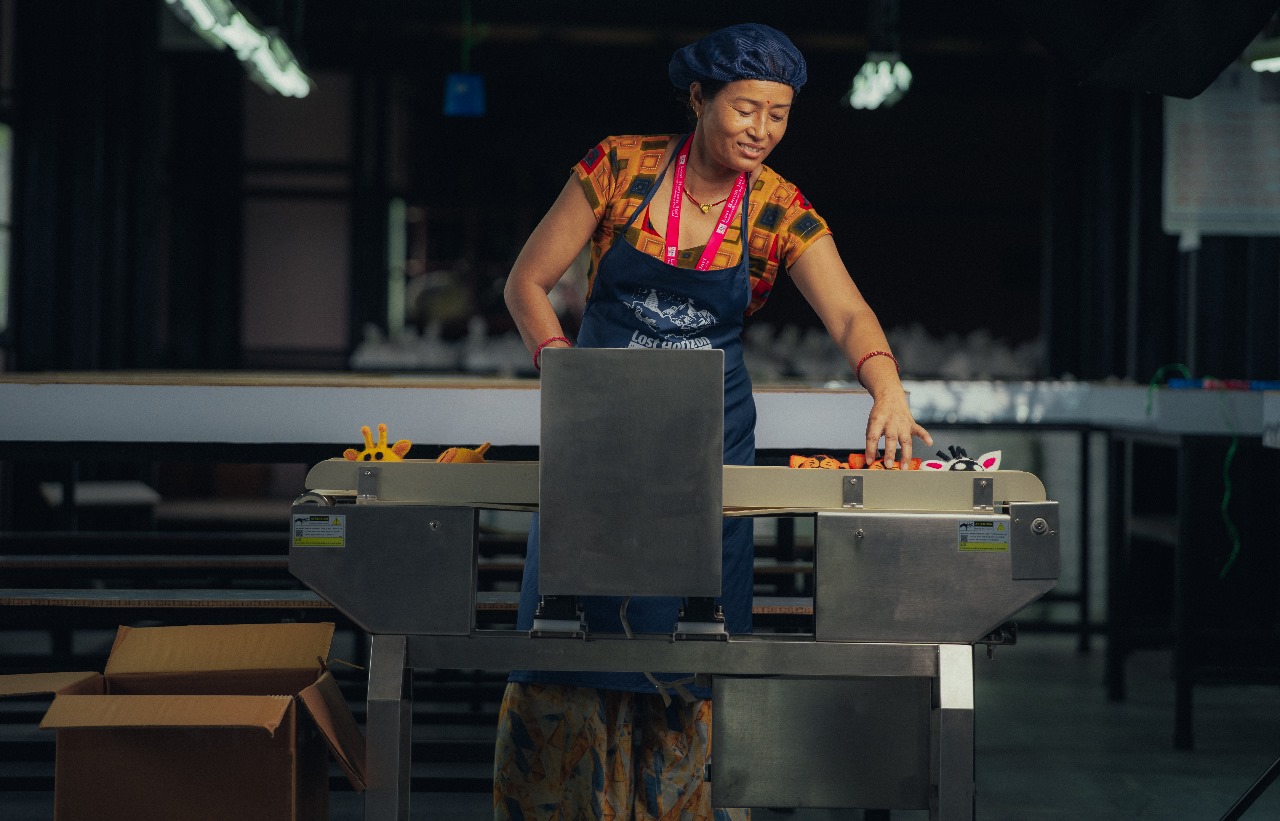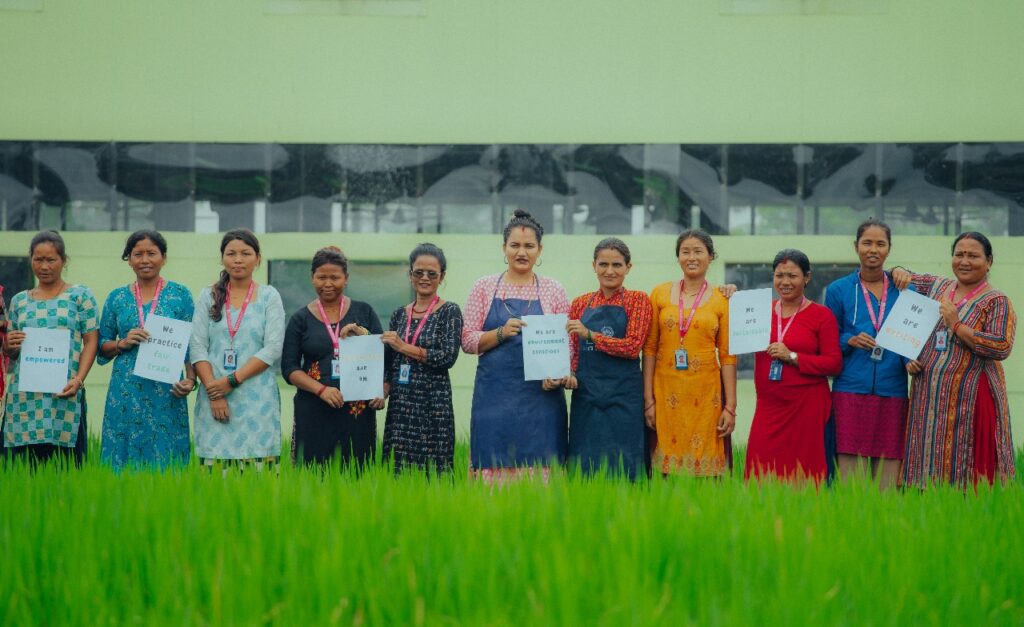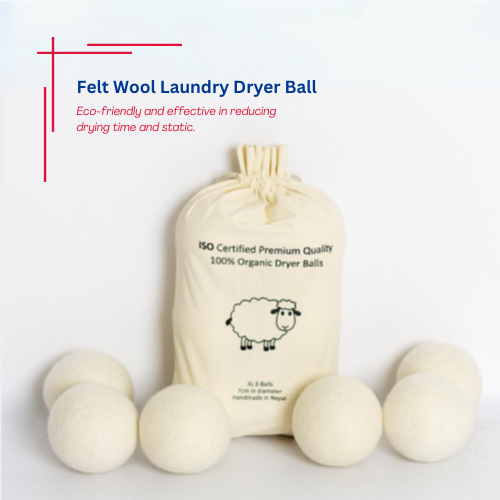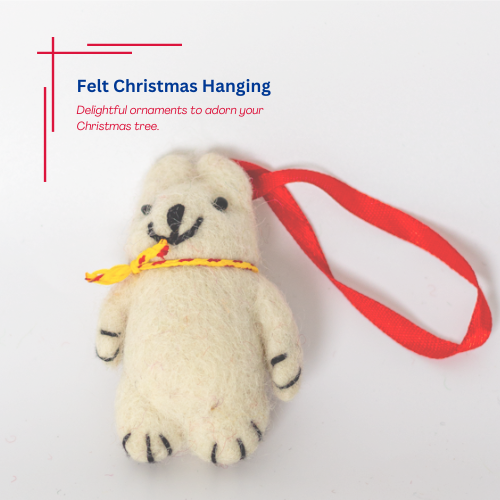Source Handmade Felt Wool Products

Nepal, a country renowned for its majestic mountains and rich cultural heritage, is also a treasure trove of exquisite handmade wool products. Among these, felt products stand out due to their unique craftsmanship, vibrant colors, and practical uses. Sourcing these products ethically and sustainably from Nepal involves navigating a complex landscape of suppliers, regulations, and logistics. This is where Sourcing Nepal steps in, ensuring that you receive the highest quality felt products while adhering to the best ethical and sustainable practices.
Sourcing Nepal is committed to delivering exceptional felt products sourced directly from verified suppliers in Nepal. Our comprehensive range of services is designed to meet the diverse needs of our clients while upholding our core values of sustainability, ethical sourcing, and quality assurance.
Ensuring the credibility and reliability of suppliers is paramount. Sourcing Nepal employs a rigorous vetting process to select only the most reputable suppliers. This process includes conducting thorough background checks to verify the authenticity and track record of suppliers, visiting the suppliers’ facilities to inspect their production capabilities, working conditions, and compliance with industry standards, and ensuring that our suppliers hold the necessary certifications for ethical and sustainable practices.

Felt Products Production Process
Wool Issuing
Production Unit
QC Station 1
Sun Drying/ Dryer Machine
QC Station 2
QC Station 3 (Packaging Material)
Inspection
Packaging
Final Packaging/Labeling
Dispatch/Storage
Request Catalogue of Products
Trending Felt Products



Felt making is an ancient craft that has been passed down through generations in Nepal. The process begins with raw wool, which is cleaned and carded to remove impurities. The wool is then dyed using natural dyes derived from plants and minerals, giving it vibrant colors. The actual felting process involves layering the wool and applying heat, moisture, and pressure to bind the fibers together. This can be done using traditional techniques, such as rubbing and rolling the wool by hand, or with modern equipment for larger-scale production. The result is a durable and versatile fabric that can be shaped and molded into various products.


